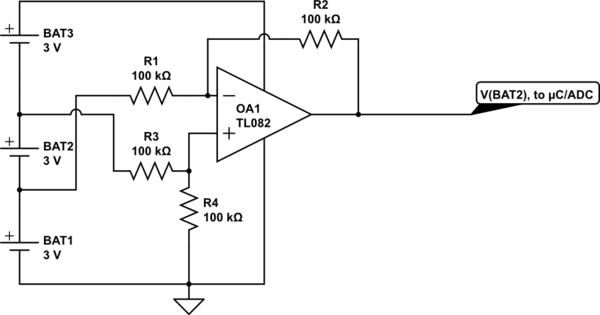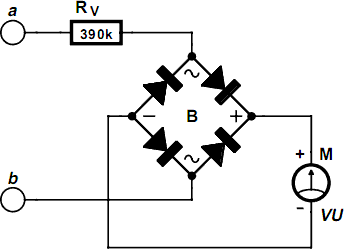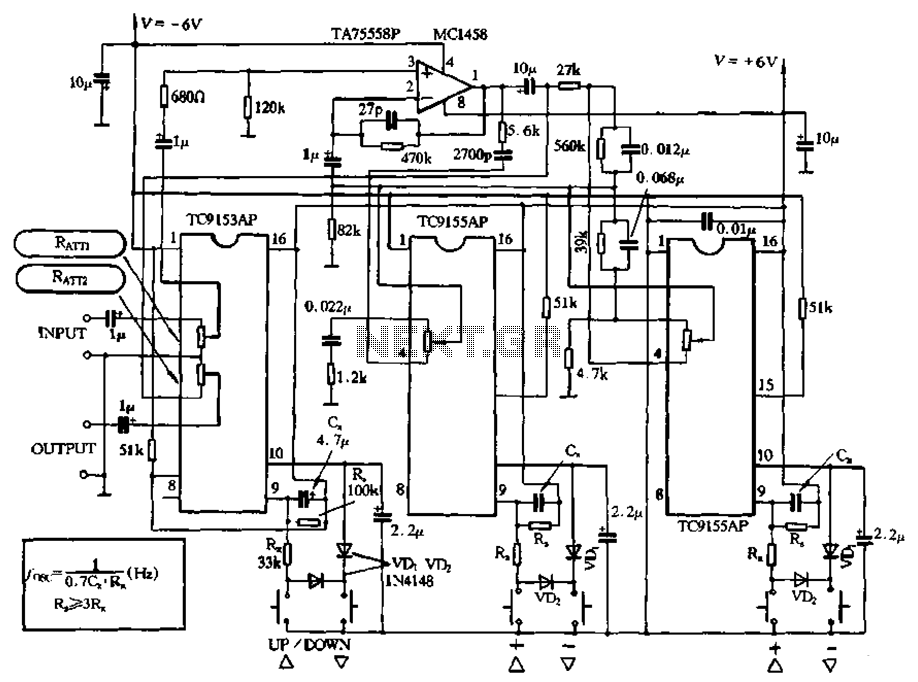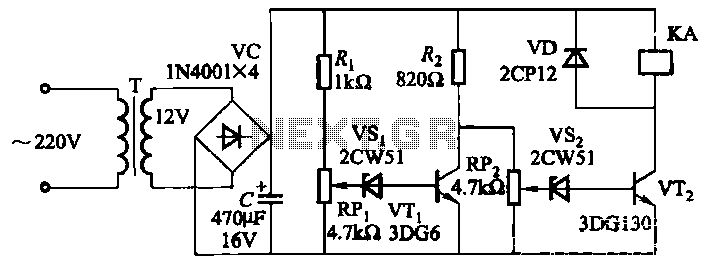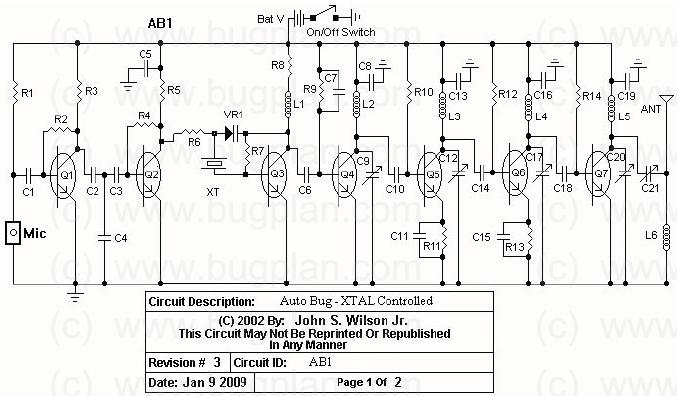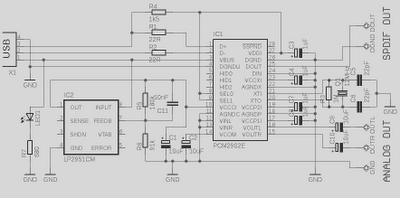
Tracking sun photoelectric servo circuit used in chromospheric telescope

This servo system is designed to track the sun. Sunshine is focused onto a 50mm round image using an optical lens, and a 3DU33 photosensitive transistor is positioned at the light slit of AA' and BB'. It is essential that the parameters of the two tubes are closely matched. After passing through a 3DG6D differential amplifier, the signal is modulated into an AC signal at 50Hz, which is then amplified.
The servo system operates by utilizing a combination of optical and electronic components to achieve precise solar tracking. An optical lens is employed to concentrate sunlight onto a 50mm circular image, which enhances the efficiency of the photosensitive transistor, specifically the 3DU33 model. This transistor is strategically placed at the light slits labeled AA' and BB' to detect variations in light intensity as the sun moves across the sky.
To ensure accurate readings, it is crucial that the parameters of the two tubes used in the system are closely matched. This matching minimizes discrepancies in light detection, thereby improving the overall performance and reliability of the servo system. The signal generated by the photosensitive transistor is then processed through a 3DG6D differential amplifier. This amplifier serves to amplify the difference in voltage between the two tubes, which is essential for effective signal modulation.
Following amplification, the output signal is modulated into an alternating current (AC) signal at a frequency of 50Hz. This modulation is necessary for the subsequent AC amplification stage, which enhances the signal strength to levels suitable for driving the servo motors that adjust the system's orientation toward the sun. The entire system is designed to provide real-time adjustments, ensuring that the solar tracking mechanism remains aligned with the sun throughout the day, ultimately optimizing solar energy capture and improving the efficiency of solar panels or other solar energy devices connected to the system.This servo system is used to observe sun. The sunshine is projected onto a ?50mm round image by optical lens, to fix a 3DU33 photosensitive transistor to the later light slit of AA` and BB`, it requires the parameters of two tubes should be as nearly as possible, after 3DG6D differentail amplifier, it is modulated into AC 50Hz, then it is AC amplified. Af.. 🔗 External reference
The servo system operates by utilizing a combination of optical and electronic components to achieve precise solar tracking. An optical lens is employed to concentrate sunlight onto a 50mm circular image, which enhances the efficiency of the photosensitive transistor, specifically the 3DU33 model. This transistor is strategically placed at the light slits labeled AA' and BB' to detect variations in light intensity as the sun moves across the sky.
To ensure accurate readings, it is crucial that the parameters of the two tubes used in the system are closely matched. This matching minimizes discrepancies in light detection, thereby improving the overall performance and reliability of the servo system. The signal generated by the photosensitive transistor is then processed through a 3DG6D differential amplifier. This amplifier serves to amplify the difference in voltage between the two tubes, which is essential for effective signal modulation.
Following amplification, the output signal is modulated into an alternating current (AC) signal at a frequency of 50Hz. This modulation is necessary for the subsequent AC amplification stage, which enhances the signal strength to levels suitable for driving the servo motors that adjust the system's orientation toward the sun. The entire system is designed to provide real-time adjustments, ensuring that the solar tracking mechanism remains aligned with the sun throughout the day, ultimately optimizing solar energy capture and improving the efficiency of solar panels or other solar energy devices connected to the system.This servo system is used to observe sun. The sunshine is projected onto a ?50mm round image by optical lens, to fix a 3DU33 photosensitive transistor to the later light slit of AA` and BB`, it requires the parameters of two tubes should be as nearly as possible, after 3DG6D differentail amplifier, it is modulated into AC 50Hz, then it is AC amplified. Af.. 🔗 External reference
